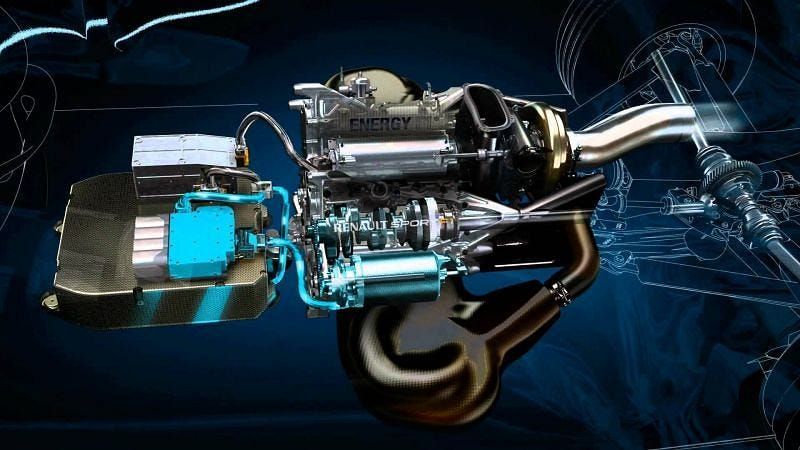How Do The Hybrid Power Units Of Formula 1 Work?
Sep 25, 2025 • 0 views

Formula 1 cars use some of the most advanced hybrid power units in the world, designed to deliver extreme performance while improving fuel efficiency. The best platform to place all sorts of bets on Formula 1 can be found at the 1xBet lk website.
Unlike traditional engines that rely only on internal combustion, modern Formula 1 power units combine a highly efficient turbocharged V6 engine with 2 types of energy recovery systems. Together, they create a balance between:
raw power;
reduced fuel consumption;
and strategic energy deployment.
At the core is a 1.6-liter V6 turbocharged internal combustion engine (ICE). By the way, at the lk 1xBet platform it is always possible to bet on the Formula 1 cars that have the best engines too.
This engine can rev up to around 15,000 RPM and produces over 600 horsepower. The turbocharger not only forces more air into the engine to increase combustion efficiency but also plays a key role in the hybrid system through the Motor Generator Unit–Heat (MGU-H). The MGU-H is connected to the turbocharger and recovers energy from the heat and excess speed of the turbine. This harvested energy can either be stored in the battery or directly used to power the car’s electric systems.
Another essential component
The second major component is the Motor Generator Unit–Kinetic (MGU-K). This functions similarly to regenerative braking in road-going hybrids. By the way, if you enjoy motor sports, you can always try your luck on them by visiting the 1xBet website.
When the driver brakes, the MGU-K captures kinetic energy that would normally be lost as heat and converts it into electrical energy. This energy is then stored in the car’s Energy Store (ES), a high-performance lithium-ion battery. The MGU-K can later deploy up to 120 kilowatts (about 160 horsepower) of extra power for several seconds per lap, giving drivers a boost for acceleration or overtaking.
All the components are managed by an Energy Control Unit (ECU), which decides when to harvest and when to deploy energy. The system must comply with strict FIA regulations, including limits on fuel flow, battery capacity, and maximum energy deployment per lap. For example, drivers are limited to using up to 4 megajoules of energy from the MGU-K and recovering up to 2 megajoules under braking each lap.
When everything works in harmony, the hybrid system allows the power unit to generate around 1,000 horsepower while using up to 35% less fuel than the old V8 engines. This efficiency is crucial since Formula 1 cars are limited to 110 kilograms of fuel per race. Everything that happens in a Formula 1 event is available for placing profitable bets at the 1xBet website.
